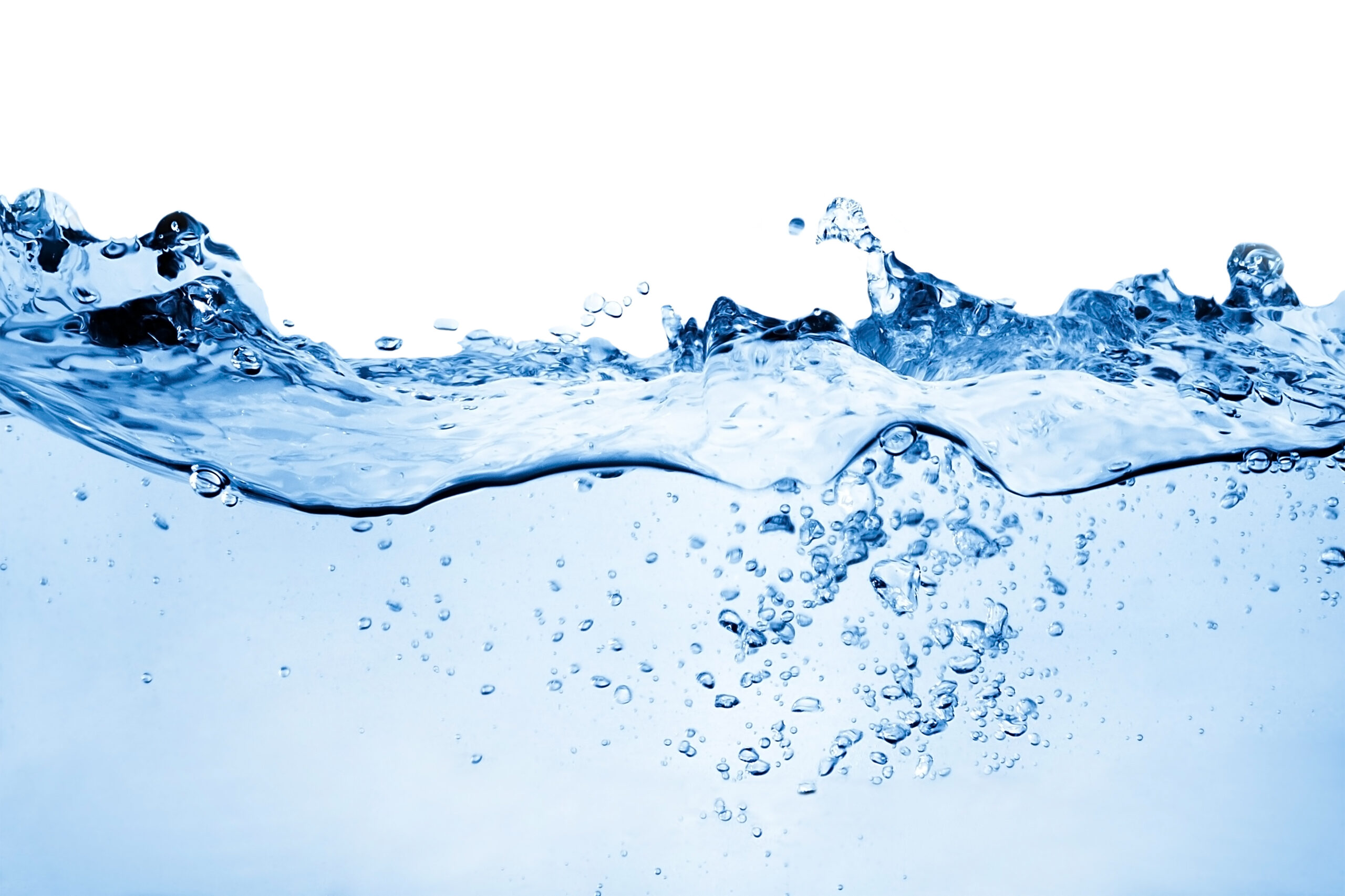Water is an essential resource for human survival and ecological balance. Among the myriad concerns regarding water usage and quality, one often overlooked aspect is the concept of water pressure resistance. This subject transcends conventional discussions about merely how much water a system can handle. Rather, it invites us to reframe our understanding of water systems, both natural and artificial, and their resilience to climate change and environmental impact.
Water pressure resistance can be succinctly defined as the ability of a system—be it a pipe, a reservoir, or even a natural aquifer—to withstand varying levels of water pressure. When considering urban infrastructure, such as water delivery systems, understanding pressure resistance enables a deeper insight into the sustainability of urban water supplies. The science behind the design and maintenance of these systems is critical, especially as climate change increasingly affects weather patterns and water availability.
In our modern world, the implications of failing to consider water pressure resistance can be catastrophic. A system that lacks adequate resistance can lead to ruptured pipes, compromised water quality, and even public health crises. The fragility of infrastructure becomes an urban myth turned reality. For example, cities that are subject to severe storms or heavy rains face the risk of overpressure in their water systems. If these systems are not designed with effective pressure resistance, they can fail dramatically, leading to widespread flooding and infrastructure damage.
However, this challenge also presents an opportunity for innovation. By reimagining our approach to water systems, we can leverage technological advancements to enhance water pressure resistance. Engineers are beginning to adopt smarter materials with greater resilience to pressure fluctuations. These materials not only improve structural integrity but also integrate with sensor technology to monitor pressure levels in real time, providing valuable data to prevent failures before they occur.
The transition from traditional to advanced materials marks just one component of a larger paradigm shift. For instance, one can utilize pressure-controlled valves that adjust the water flow based on real-time demand, effectively mitigating pressure spikes. This practice not only conserves water but also ensures that the infrastructure remains intact under varying load conditions.
Furthermore, we must recognize the significant role that community planning plays in managing water pressure resistance. Developing green infrastructure—such as permeable pavements and natural retention basins—can substantially alleviate pressure on urban systems. These installations allow rainwater to be absorbed into the ground, reducing runoff and the consequent strain on drainage systems. In doing so, they foster ecologically responsible urban design while simultaneously enhancing water quality through natural filtration.
The role of education cannot be overlooked. Awareness campaigns focused on water conservation and pressure management can engage communities to adopt more sustainable behaviors. By understanding pressure resistance, individuals can better appreciate their role in protecting water systems and utilize water-saving devices within their homes. Actions as simple as fixing leaks or using low-flow fixtures contribute to greater systemic resilience.
While contemplating water pressure resistance, one is compelled to consider its broader implications on environmental justice. Underprivileged communities often find themselves on the front lines of water crises, facing unreliable access to clean water. Examining how these communities’ infrastructure can be reinforced against extreme pressure reveals critical disparities in resource allocation and urban planning. Solutions must prioritize inclusive approaches that ensure these vulnerable populations are not left behind as cities seek to modernize their water systems.
Worldviews surrounding water management are shifting. The traditional linear model of “take-make-dispose” is quickly becoming obsolete in favor of a circular economy, where water is seen as a finite resource that must be reused and protected. This transition augments the importance of water pressure resistance, as systems become more intricate. Every layer of complexity in water management demands an equally robust approach to ensure that all components function harmoniously under varying pressures.
The future of water systems lies in our ability to adapt and innovate. New approaches to sustainable design and technology will provide us with the foothold to navigate impending environmental challenges. In this context, resistance to pressure becomes a metaphor for resilience in the face of climate change. It signifies more than just engineering; it reflects a movement towards safeguarding the lifeblood of our planet.
This shift in perspective encourages curiosity, compelling individuals and communities to delve deeper into the science of water. By fostering a culture of inquiry, we equip ourselves with the knowledge and skills to tackle the pressing environmental issues that loom ahead. The question is no longer whether we can withstand these pressures but rather how we can thrive amidst them.
Ultimately, embracing the complexities surrounding water pressure resistance will yield a more sustainable future. It will ensure not only the preservation of our vital water resources but also the health of our communities and ecosystems. Through collective action, thoughtful infrastructure design, and enhanced public awareness, we can ensure that our water systems endure the test of time, even in the face of climate uncertainties.
